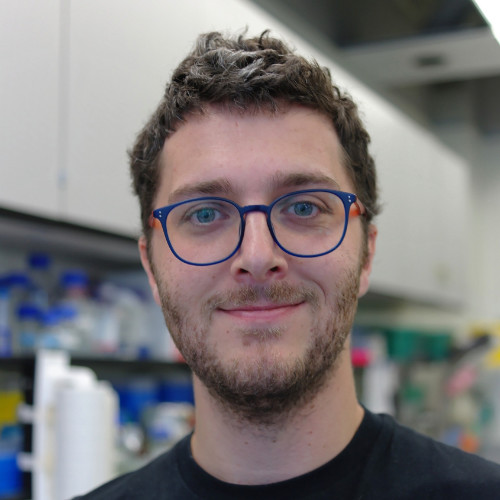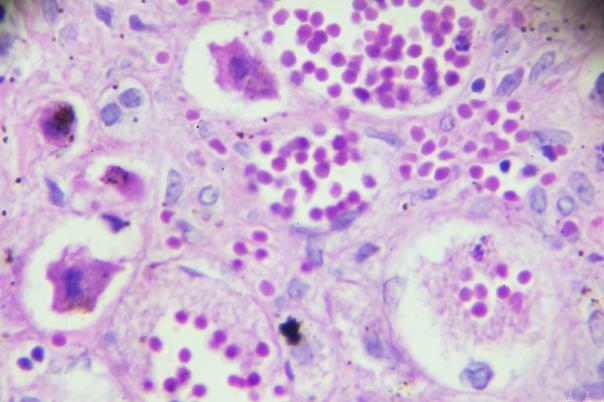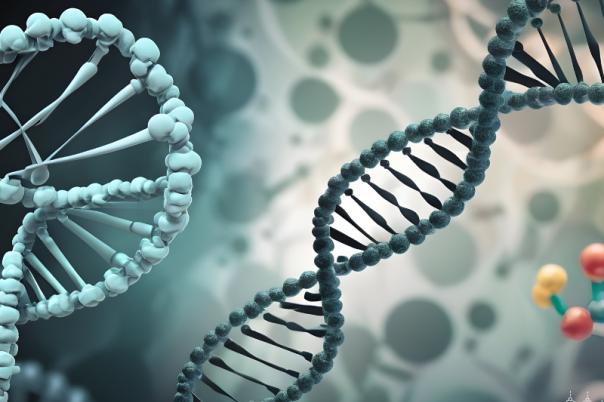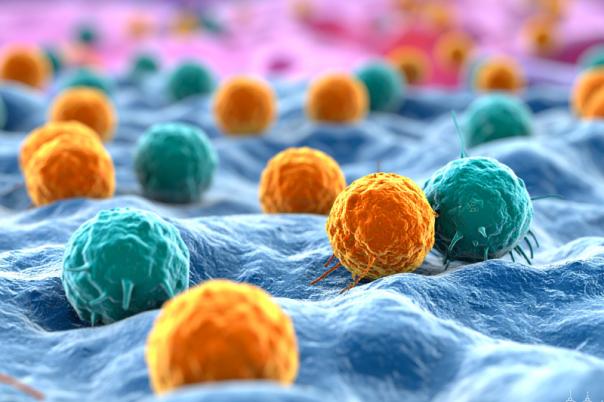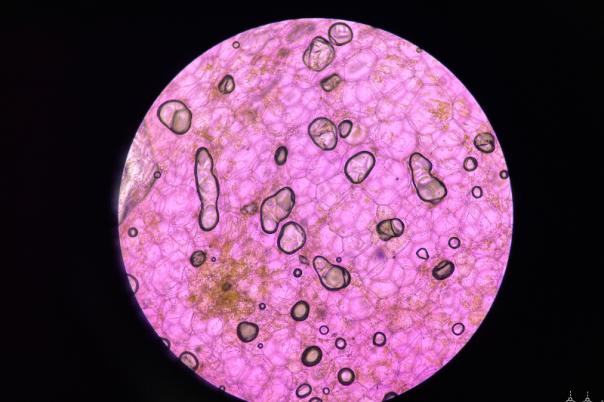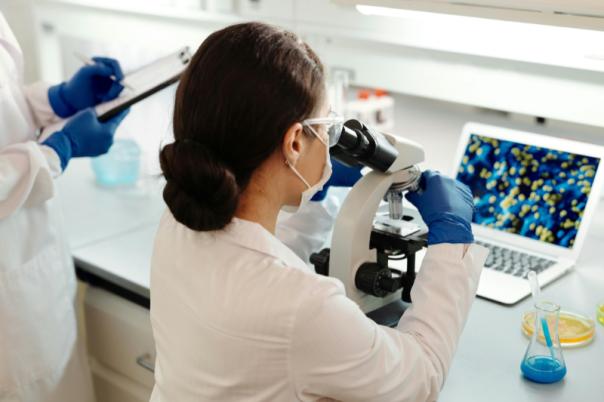Merrick Strotton, Principal Scientist at UCB, honed in on dermatology indications and the spatial insights we can gather from imaging mass cytometry (IMC). He assists scientists with experiment design and data analysis using distinctive methods. He suggested that the many diverse data formats and software types can be integrated and function alongside one another to address challenges associated with imaging and sequencing.
When faced with a daunting amount of complex data, it is paramount to establish a strategy that considers some difficulties that may crop up later down the line. Strotton stated that the divide between imaging vs. sequencing-based technologies is not always helpful, instead, scientists should integrate existing technologies.
Strotton highlighted a paper that demonstrated how Xenium, MERSCOPE, CosMx, Phenocycler, and Hyperion technology repackage data into single-source data points, conduct analysis, run pipelines, and export data as a common data format such as spatial data or OME-Zarr. The main advantage of these common data formats is that they can be stored locally or on the cloud, enabling wider access for other scientists.
From a practical standpoint, Strotton explained that he applied IMC to dermatological samples. He did not pre-process raw data, instead, he used filtering techniques to turn reads into points in an image. Then, the data was packaged and run through two readers: Napari and QuPath. QuPath is a collaborative software that allows researchers to annotate images and discuss findings with other QuPath users. Napari is a Python library that enables fast, interactive viewing of multi-dimensional images. Furthermore, Napari and QuPath are compatible with other software such as OMERO: a repository for storing raw image data, making integration between these systems more seamless and straightforward.
In certain pathologies, the thickness of skin layers changes. Scientists may need to track which cells are present and absent in specific tissues. Morphological measures of pathologies in response to treatments and cell-type differences exist. Cellpose is software that can be used for cell segmentation and pixel classification of extracellular analysis, thus making it easier for scientists to analyse different cell types.
To wrap up, Strotton advocated for community efforts and standards to simplify and improve spatial analysis. He also proposed that continuous feedback and improvement are essential to refining the approach to spatial biology. Finally, we must ensure compatibility across platforms so that new technology can be easily integrated into workflows.
